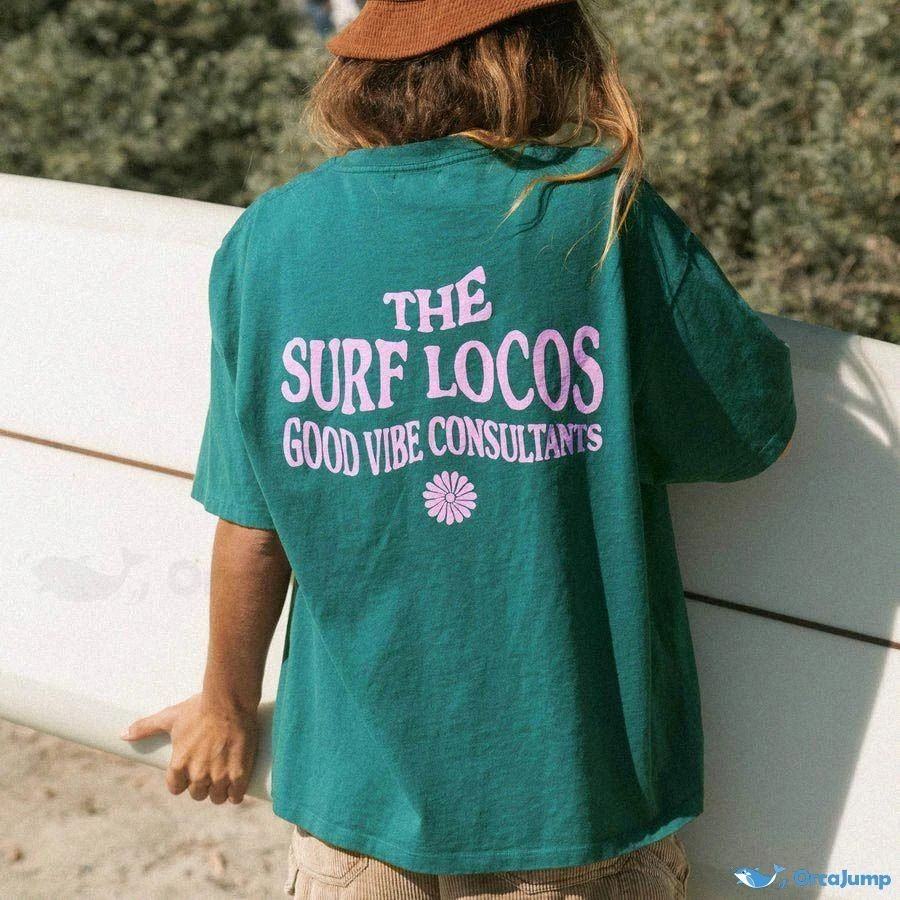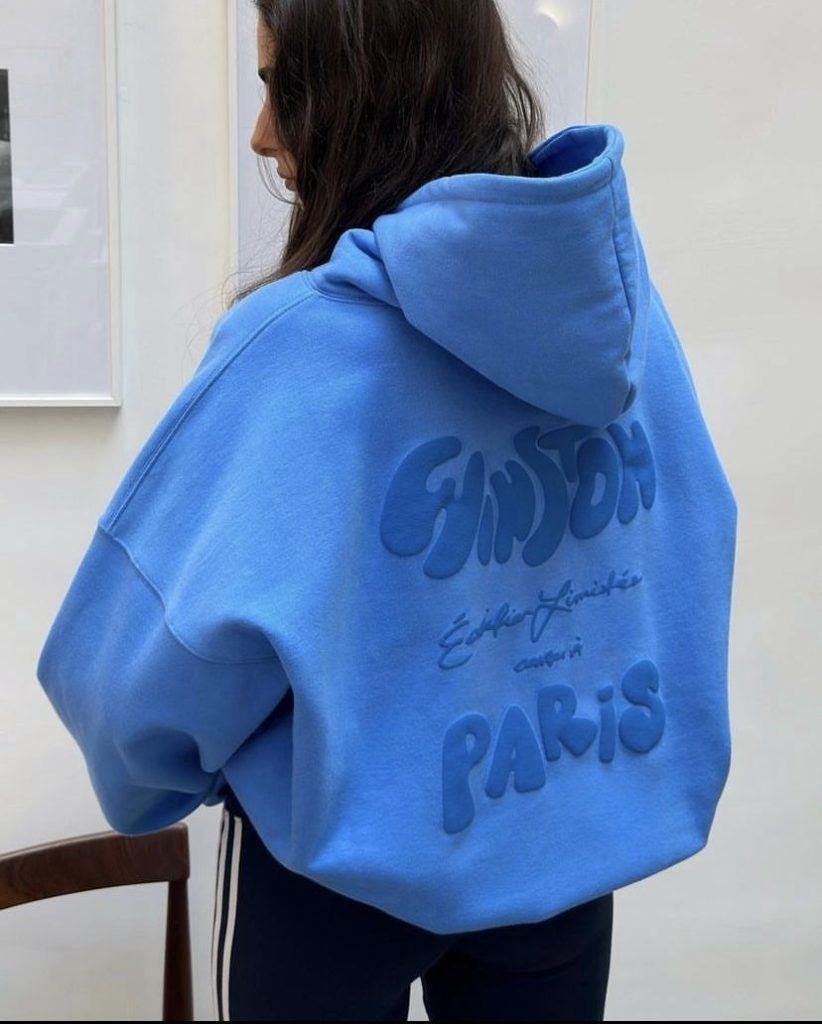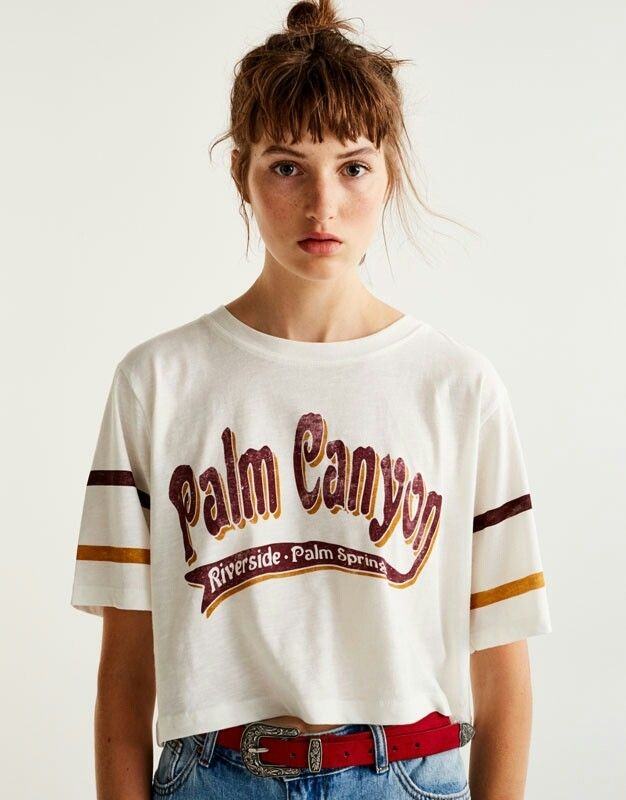Fashion, in its most comprehensive form, is the woven manifestation of human consciousness. It is an ongoing dialogue between the self and society, the past and the future, the visible and the invisible. While many consider fashion to be a frivolous or surface-level indulgence, those who look deeper understand it to be a vast, multidimensional system through which human beings express individuality, negotiate identity, and participate in collective memory. To truly understand fashion is to recognize that it is not only about fabric, form, and function—it is about meaning. It carries with it the essence of civilization, the anxieties of time, the hopes of generations, and the rhythms of human transformation. This essay explores fashion not only as a historical and social construct, but also as an emotional, philosophical, and even spiritual phenomenon—one that continuously redefines the parameters of culture and humanity itself.
To begin with, fashion is deeply anchored in history—not as a linear timeline of changing silhouettes, but as a living archive of social structures, values, and revolutions. From the tribal markings of ancient peoples to the algorithm-driven designs of digital couture, every shift in fashion reflects a corresponding shift in how people see themselves and the world around them. In ancient Mesopotamia, sumptuary laws dictated who could wear certain fabrics and colors. In ancient Rome, the toga was not merely a garment but a legal and social declaration. In medieval Europe, the robe of a monarch was imbued with divine right, stitched not only with silk and gold but with centuries of inherited power. Fashion operated then as a sacred tool for preserving hierarchy, tradition, and cosmic order.
However, as political ideologies evolved, so too did fashion’s role. During the Enlightenment, the rise of reason and individual liberty was mirrored by a gradual loosening of fashion’s strict codes. The powdered wigs and corseted waists of aristocracy began to give way to simpler, more practical garments, reflecting the growing belief in merit over lineage. The French Revolution, arguably one of history’s most dramatic moments of sartorial reinvention, discarded lace and brocade in favor of the modest, patriotic attire of the sans-culottes. In this way, fashion served not only as a marker of change but as an active participant in revolution. What people chose to wear became a form of protest, a declaration of allegiance, a political voice without words.
The industrial revolution pushed this evolution further, not only by altering the means of production but by shifting the very definition of fashion. As garments became mass-produced, the exclusivity of style began to erode. Fashion entered the realm of the public, and personal taste became more important than inherited status. Department stores, fashion magazines, and photography introduced a new visual economy in which style was curated, displayed, and sold as aspiration. A person’s wardrobe was no longer a fixed reflection of birthright—it became an active choice, a constructed identity. This liberation, however, came with tension: the freedom to dress oneself also invited judgment, surveillance, and insecurity. Thus began the psychological complexity of modern fashion, where self-expression and societal pressure exist in perpetual tension.
In the twentieth century, fashion became even more intimately tied to ideology. The rise of modernism, with its emphasis on function and abstraction, influenced designers like Coco Chanel and Paul Poiret, who stripped fashion of its frills and introduced silhouettes that reflected the evolving role of women in society. The flapper dress of the 1920s was not simply a style; it was a symbol of emancipation, sexual freedom, and defiance against patriarchal constraints. The zoot suits of African American and Mexican American youth in the 1940s symbolized resistance and pride in the face of racism and repression. Fashion became an act of resistance, a cultural weapon, and a form of self-determination.
This radical potential expanded in the postwar decades as youth culture, subcultures, and countercultural movements turned fashion into a battlefield of ideas. The punk movement of the 1970s tore apart traditional notions of beauty and order with ripped clothes, safety pins, and shock value. The LGBTQ+ community, long denied representation in mainstream fashion, created their own vibrant visual codes—from drag to gender-bending to club aesthetics—as acts of survival and celebration. Hip-hop style, born in the Bronx, became a global language of authenticity and rebellion, fusing street credibility with cultural innovation. These movements did not merely wear clothes—they constructed entire worlds through fashion, worlds that challenged the norms of race, class, gender, and sexuality.
Yet even as fashion empowered marginalized communities and individuals, it was increasingly commodified. The late twentieth century saw the rise of fashion conglomerates, designer logos, and the transformation of style into spectacle. The runway became a theater of aspiration, and celebrity became a conduit for influence. The rise of fast fashion in the 1990s and early 2000s accelerated this transformation, turning trends into fleeting phenomena and reducing the lifespan of garments to a matter of weeks. Consumers were taught to chase novelty, to abandon quality, to value image over substance. The emotional and cultural weight of fashion was threatened by the emptiness of endless consumption.
But even in this seemingly superficial context, fashion has retained its power to provoke emotion and reflection. Every person has a deep, often unspoken relationship with clothing. We remember the dress we wore on a first date, the suit we wore to a funeral, the uniform we wore to school. These garments, saturated with memory, carry not only personal stories but emotional truths. Fashion is the skin we choose, the body we build, the armor we wear into the world. It affects posture, confidence, mood. It shapes perception, both self and other. A well-fitted coat can make a person feel invincible. A pair of worn jeans can be more comforting than any spoken word. This emotional language of fashion is one that is rarely discussed but universally understood.
In today’s digital era, fashion finds itself at an existential crossroads. On the one hand, the digital revolution has democratized access to fashion. Social media platforms have turned everyday people into trendsetters, and new technologies have allowed for digital clothing, virtual showrooms, and AI-generated collections. On the other hand, this abundance of content threatens to dilute the deeper meanings of style. When every moment is curated, when every outfit is performative, does fashion lose its sincerity? Or does it evolve into something new—an interactive, hypertextual form of self-expression where images and symbols replace speech?
Moreover, fashion must now contend with the urgent crises of our time. Climate change, labor exploitation, and overconsumption have exposed the dark underbelly of an industry that once sold dreams without consequence. Brands are now being held accountable. Consumers are demanding transparency, sustainability, and responsibility. The return to craftsmanship, the rise of slow fashion, and the increasing value placed on vintage, recycled, and handmade garments all signal a shift toward a more mindful relationship with style. Fashion is no longer simply about what looks good—it is about what feels right, what aligns with one’s values, what contributes to the future rather than exploits the present.
As fashion moves forward, it must embrace complexity. It must hold space for contradiction—for glamour and ethics, for tradition and innovation, for individuality and community. The fashion of the future cannot be dictated solely by trends or algorithms. It must be rooted in the real needs of the human soul: the need to belong, the need to be seen, the need to express. Designers, artists, and wearers alike must recognize that fashion is not just about clothing—it is about care. Care for the self, care for the planet, care for culture.
Ultimately, fashion endures because it is a uniquely human phenomenon. No other species adorns itself, reinvents its silhouette, creates rituals of dressing and undressing. No other species paints its skin, walks in agony for beauty, or spends hours selecting the right garment for the right moment. In doing these things, we are not being vain—we are being human. We are engaging in an ancient, sacred practice of self-creation.
In the infinite tapestry of human experience, fashion is the thread that binds our bodies to our dreams. It is not shallow—it is profound. It is not trivial—it is essential. It is not simply what we wear—it is who we are, who we have been, and who we might still become. Through the language of fashion, we do not merely follow time—we shape it. We walk forward not only clothed in fabric, but in meaning



